INTRODUCTION
Container closing machines are becoming more and more complex. Closing speeds are very high in industries such as soft drink and carbonated soft drink filling, demanding high quality of operation. Improvements made by their manufacturers in recent years include the use of locking mandrels and rollers – or trolleys – treated with titanium nitride.
Traditionally, locking tools were made from high chromium, non-deformable tool steels. For example an F521, according to the most common coding in Spain. With the use of titanium nitride coating, the steel from which it is made can be the same, including its final treatment. The difference is in providing a thin surface layer of protection with this material. It gives it the characteristic golden look we all know.
COATING
Titanium, symbol Ti, is a silvery-white metallic element that is mainly used to prepare light and strong alloys. It has high corrosion resistance and high mechanical strength, but is much more expensive than steel, which limits its industrial use. Titanium burns with oxygen at 610 °C to form titanium dioxide, and with nitrogen at 800 °C to form titanium nitride (TiN).
Titanium nitride coating is a process in which titanium is melted at high temperature, on the outer surface of the fastener tooling, whether it is a mandrel or trolley. In fact, two processes can be used for the application of titanium nitride. One process is physical deposition (PVD), the other is chemical vapor deposition (CVD).
The difference between the two systems is drastic. PVD is used at low temperatures, e.g. 480ºC. It is really a cosmetic coating, which has little or no effectiveness in the execution of the tooling. Through progressive research development, the PVD system was soon eliminated as a serious method of improving the performance of seaming tooling. The CVD system is applied at 1000º C, at this temperature is when the titanium really melts on the surface of the material being coated.
Going into a little more detail, CVD or “chemical vapour deposition” is a technology of chemical vapour deposition (CVD) and allows the application of coatings on a material, starting from certain precursor gases that react by means of a thermal activation.
In the specific case we are discussing, a TiN (titanium nitride) layer is deposited on the chosen steel. For this, the TiN is at about 1000º C, in vapor state and creates a layer that resembles the oxide layer that oxygen from the atmosphere would generate on a piece of steel. The difference is that this layer is adhered simply by heat and contact. A strong bond is maintained between the two, because part of the steel diffuses into the TiN and the titanium nitride diffuses into the steel, but it does not react with each other so there is no chemical reaction. In truth it is a pure physical adhesion.
The CVD system has a proven track record of performance. However, in the industrial production process, due to the high temperature involved, there is a significant risk of distortion of the parts. However, the specialized firms have managed to solve it satisfactorily by means of a very rigorous control of the process.
The coating is 3 microns thick. There are several reasons why titanium nitride was introduced:
1.- Increases the surface hardness of the tools.
2.- It improves considerably the surface finish. This reduces the degree of damage to the outer lacquer that occurs during the sealing process of aluminium, tinplate and TSF lids.
3.- Substantial improvement in the life of the components, particularly in the locking trolleys, where the life has been extended by an average of 3 times.
This last advantage is particularly interesting in the construction of first operation forklift trucks, which usually present a high wear and tear.


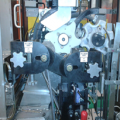

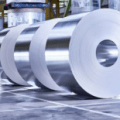
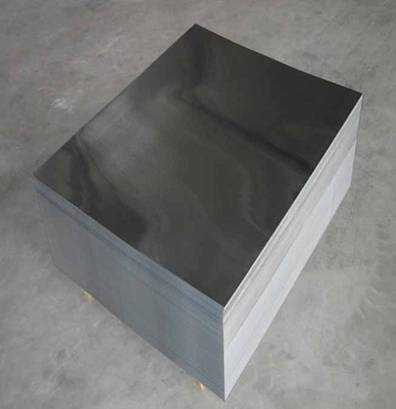
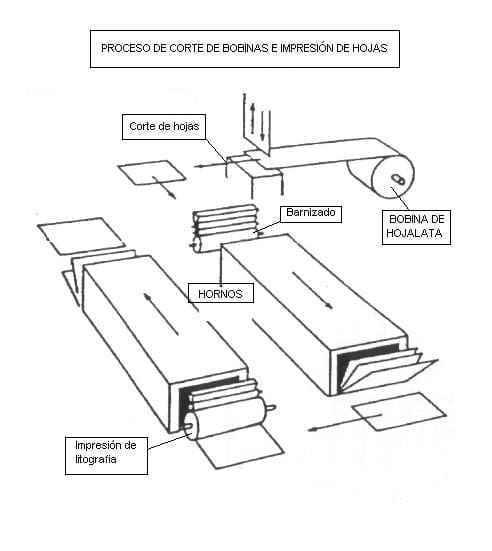
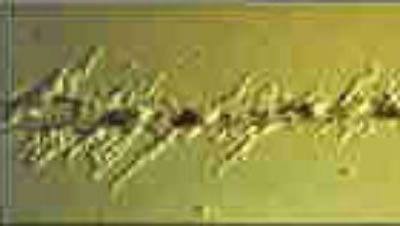
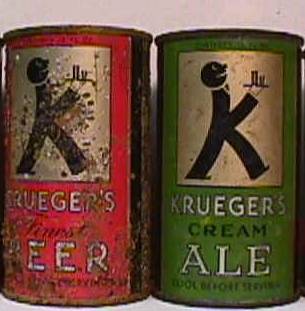

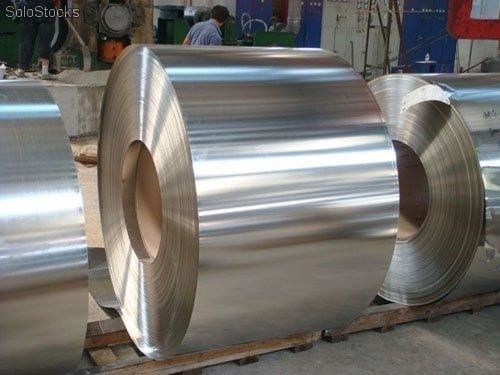
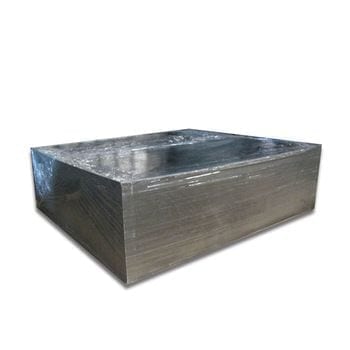
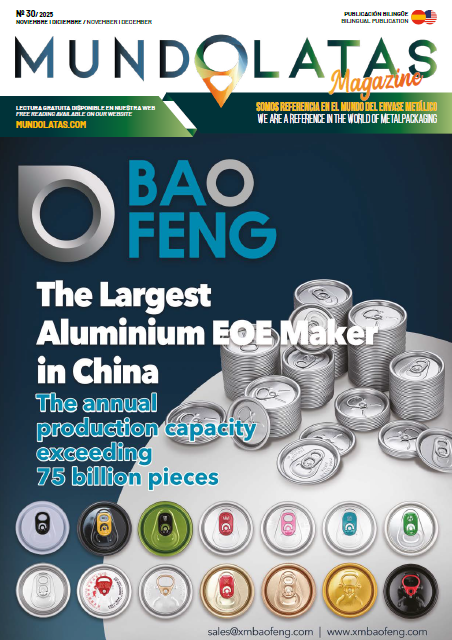


0 Comments